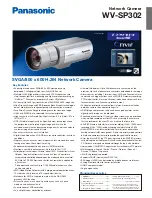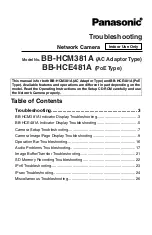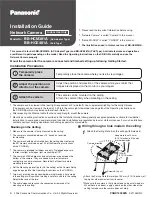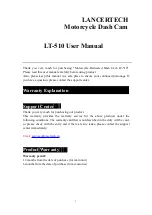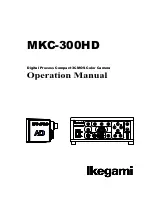
Pike Technical Manual
V5.2.0
150
Description of the data path
Automatic generation of correction data
Requirements
Shading correction compensates for non-homogeneities by giving all pixels the
same gray value as the brightest pixel. This means that only the background
must be visible and the brightest pixel has a gray value of less than 255 when
automatic generation of shading data is started.
It may be necessary to use a neutral white reference, e.g. a piece of paper,
instead of the real image.
Algorithm
After the start of automatic generation, the camera pulls in the number of
frames set in the GRAB_COUNT register. Recommended values are 2, 4, 8, 16, 32,
64, 128 or 256. An arithmetic mean value is calculated from them (to reduce
noise).
After this, a search is made for the brightest pixel in the mean value frame. The
brightest pixel(s) remain unchanged. A factor is then calculated for each pixel
to be multiplied by, giving it the gray value of the brightest pixel.
All of these multipliers are saved in a
shading reference image
. The time
required for this process depends on the number of frames to be calculated and
on the resolution of the image.
Correction alone can compensate for shading by up to 50% and relies on full res-
olution data to minimize the generation of missing codes.
How to proceed:
Figure 77: Automatic generation of a shading image
Set GrabCount to # of
desired frames
Set BuildImage Flag to true
Poll SHGD_Control
Register until Busy and
BuildImage Flag are
resetted

































